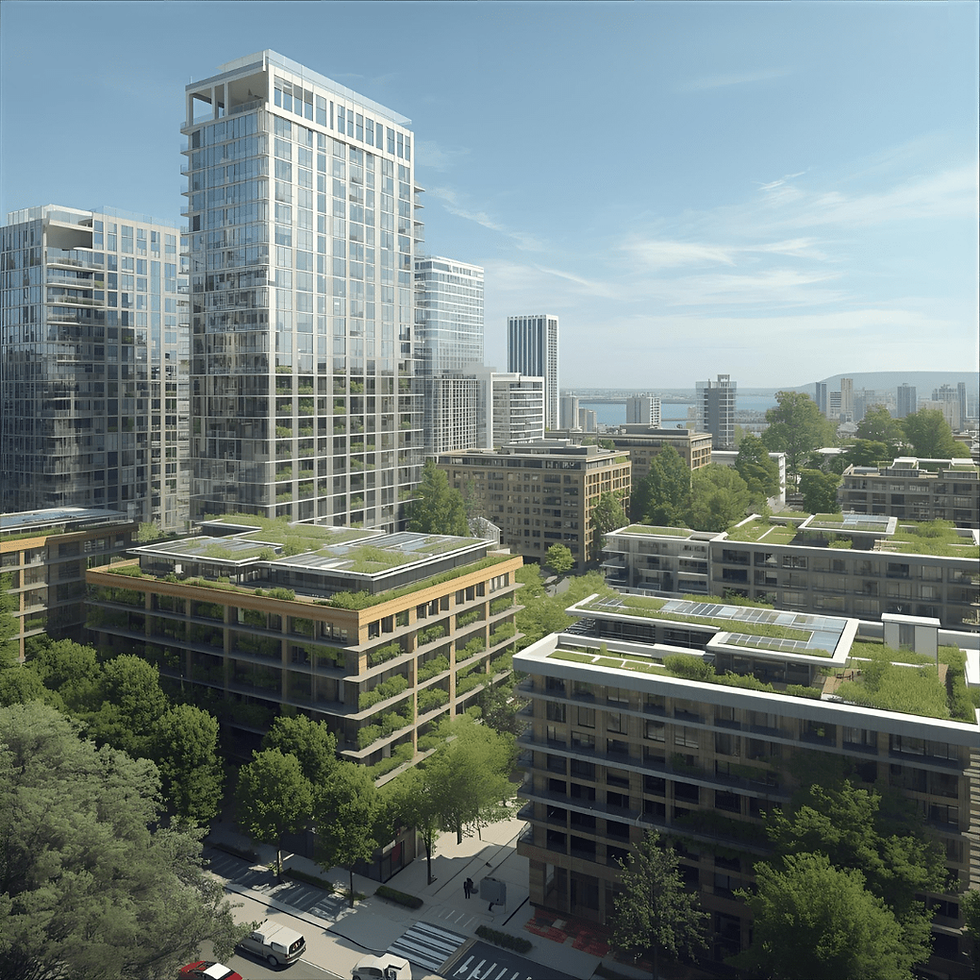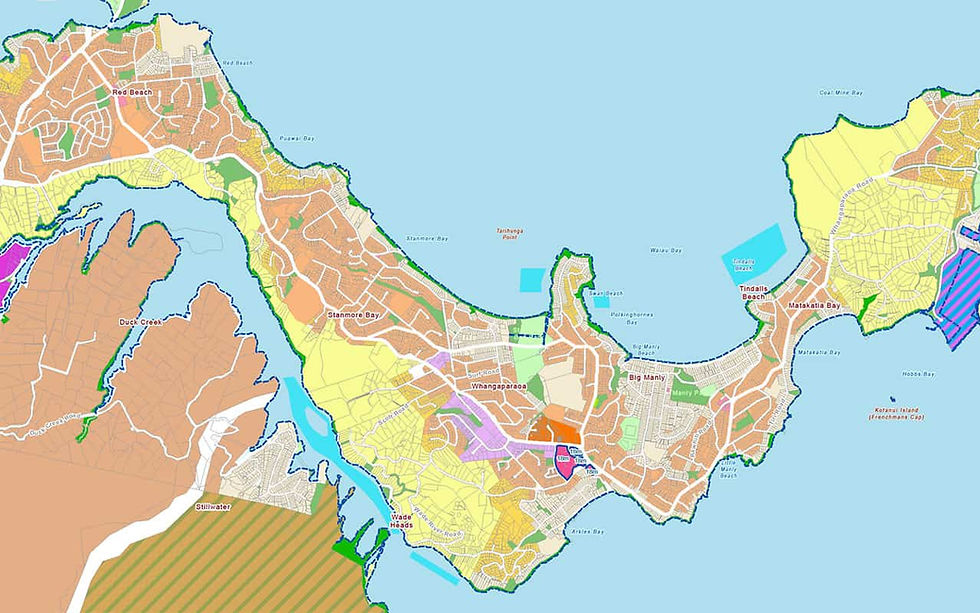Emerging Trends in Building Design, Technologies, and Materials: A Path to Sustainability
- James Chong
- Sep 11
- 4 min read
Updated: Sep 29
By James Chong | Published on 11 September 2025
The global construction industry is transforming rapidly, driven by innovative building designs, cutting-edge technologies, and sustainable materials. These emerging trends offer New Zealand’s construction sector a chance to enhance performance, align with global standards, and meet ambitious environmental goals like net-zero carbon emissions by 2050. This blog explores key trends reshaping the industry, from low-carbon design principles to advanced technologies and circular economy practices, with local examples showcasing their application.

Building Design: A Shift Toward Low-Carbon, Sustainable Principles
As the world strives to limit global temperature rise to 1.5°C under the Paris Agreement, the construction sector faces pressure to decarbonize. Buildings account for 34% of global energy demand and 37% of energy-related CO2 emissions, with emissions rising 5% since 2020 (United Nations Environment Programme, 2022). In New Zealand, buildings contribute up to 20% of total greenhouse gas emissions (BRANZ, n.d.).

Net-Zero Carbon Buildings
Net-zero carbon buildings, which offset emissions through energy efficiency and renewable energy, are gaining traction. Globally, certified net-zero buildings grew from 580 in 2019 to 856 by 2023 (World Green Building Council, 2023). In New Zealand, the Building for Climate Change program targets “near zero carbon” buildings by 2050, aiming to cut emissions by 0.9–1.65 million tonnes of CO2 equivalent between 2022 and 2025 (MBIE, 2023). Tools like BRANZ’s LCAQuick life cycle assessment tool and NZGBC’s Green Star NZ certifications help architects measure and reduce carbon footprints across a building’s lifecycle.
Regenerative and Passive Design
Regenerative design goes beyond sustainability, creating buildings that restore ecosystems. Examples like Te Kura Whare in New Zealand integrate renewable energy, water recycling, and non-toxic materials while reflecting Māori cultural values. Passive design, exemplified by projects like Bader Ventura in Auckland, uses insulation and airtightness to slash energy costs to as low as $1 per day (Kāinga Ora, 2023). Biophilic design, incorporating natural elements like plants and natural light, also enhances occupant well-being, as seen in global trends (Zhong et al., 2022).

Building Technologies: Integrated Solutions for Efficiency and Safety
Emerging technologies are revolutionizing construction by improving efficiency, productivity, and safety. These advancements are increasingly integrated to maximize impact.
Building Information Modelling (BIM)
BIM, a digital process for managing building data, is widely adopted in New Zealand, with usage rising from 34% in 2014 to 70% in 2021 (EBOSS, 2021a). Combining BIM with AI, VR, and AR enhances design accuracy, clash detection, and worker training. The Construction Digital and Data Roadmap by Accord and BIMinNZ promotes digital tool adoption for data-driven, sustainable construction.
Construction Robots and Modern Methods of Construction
Construction robots automate repetitive tasks like bricklaying and hazard monitoring, improving safety and productivity. Modern Methods of Construction, such as prefabrication and 3D printing, streamline building processes. New Zealand’s XFrame modular system enables rapid, reusable construction, while Qorox pioneered the country’s first 3D-printed home, reducing waste by up to 60% (Property & Build, 2023).

Building Materials: Embracing the Circular Economy
Building materials significantly contribute to emissions, making their sustainable sourcing critical for net-zero goals. The circular economy, focused on reuse, renewal, and reduction is reshaping material use.
Earth- and Bio-Based Materials
Earth-based materials like rammed earth and clay plasters offer low-energy, recyclable options, though only 1% of New Zealand homes use them due to regulatory and awareness barriers (Samarasinghe & Falk, 2021). Bio-based materials like straw, mass timber, and hempcrete are gaining popularity. Strawlines and Hiberna Modular leverage straw’s insulation properties, while Clearwater Quays showcases mass timber’s potential in mid-rise buildings. Hempcrete, supported by local innovations like Geobind, is emerging as a low-carbon insulation solution.
Low-Carbon Concrete
Concrete production generates significant emissions, but low-carbon alternatives like green concrete and Supplementary Cementitious Materials (SCMs) reduce its environmental impact. New Zealand companies like Neocrete offer products like D5 Green, cutting cement use and emissions.

New Zealand’s Path Forward
New Zealand’s construction sector is beginning to align with global best practices through initiatives such as the Building for Climate Change program, Green Star, Home Star certifications, and the Mid-Rise Wood Construction program. To accelerate progress, it is essential to embed these initiatives within the Building Act—particularly for medium- to large-scale developments—by making Green Star certification a mandatory standard, as many other developed nations have done with their own green building frameworks. By adopting sustainable design principles, integrated technologies, and circular material practices, the industry can not only meet national decarbonization targets but also deliver buildings that are high-performing, efficient, and future-ready.
Call to Action: Explore how your next construction project can incorporate net-zero design, modern technologies, or sustainable materials. Visit BRANZ or NZGBC for tools and certifications to build a greener future.

Disclaimer: The views expressed in this post are my own and do not represent the opinions of any organization or employer. The content is for general information only and should not be taken as professional advice.




Comments